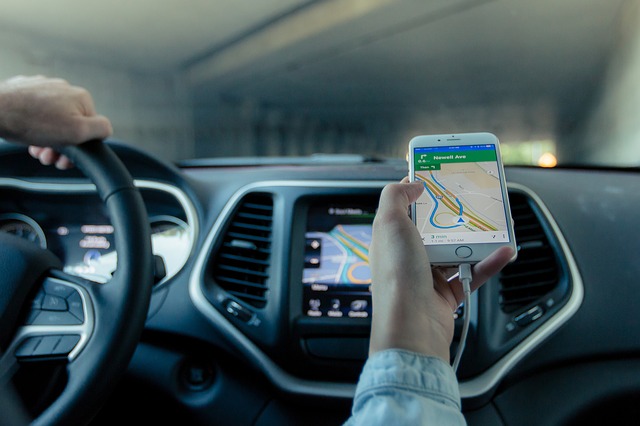We all hear how e-commerce and Amazon are conquering the retail space. But let this fact sink in: 90% of annual local commerce — an estimated $5 trillion, according to eMarketer — still happens offline.
Even the most bullish e-commerce forecasts don’t see that dynamic between online and offline retail purchases changing greatly over the next several years. That said, mobility, voice activated search, and the Internet of Things are already significantly upending the purchase path from initial product research to final decision on what, where, and how to make that final transaction.
Consumers increasingly start their shopping journey online, but transact locally. For retailers competing with Amazon and other e-commerce outlets, there is a unique opportunity to serve and attract this segment of consumers.
One of the most important tools driving store traffic is involves expertly harnessing the complete power of Google Maps. Here are some tips for getting started:
-
Be there when people search for you on Google. Google My Business is the source of the truth for your physical storefront on Google. The majority of Google searches have local intent, and consumers are increasingly viewing your local listing on Google. Ensuring accuracy of business information like hours and contact info builds trust with potential customers and drives new foot traffic. As a bonus, retailers can update this information for free and get insights into how potential customers find them with Google My Business insights.
-
Happy customers make great promoters. Supercharge the love and let your best customers tell your brand story with a local flavor. Find your strongest brand advocates in the Google Local Guides Community and host a Google Local Guides party. Collect feedback and encourage the local guides to leave reviews for your store on Google. Empower your employees to remind the happiest customers to “share their experience” on Google Maps.
-
Pictures show what’s exceptional. Invite potential customers to your store and take control of your storefront images on Google Maps with Google Street View. This free service allows store owners to create and publish inviting store images from the Google Street View app, now for Android and Apple devices. As a bonus, check out tips from Google on uploading images to Google Maps.
-
Give people an insider view. This is especially important for retailers operating in bigger and multi-floor buildings like malls, airports, stadiums and mass transit. Giving potential customers a virtual tour of your storefront can ease uncertainty and create a convenient and enjoyable experience. Google has made this easy — and free — with the advent of a 360-degree virtual tour of your business. With indoor maps, visitors can spend less time searching for building directories and more time discovering.
A comprehensive Google Maps strategy is essential for any retailer — whether they’re managing a single mom-and-pop location or a large enterprise with thousands of franchises — to drive store traffic.
Luckily for brick-and-mortar businesses, Google’s ongoing efforts in navigation and location presence management has made enhancing retailers’ local discovery both free and easy. As Amazon and other digital-first marketers seek to develop their own physical stores, the retailers that make Google Maps work for them will have a greater chance of being found by their ideal customers.
As Vice President of Community, Raj Nijjer oversees community development at Yext, a global Digital Location Management leader based in New York. Raj is also the GM of GeoMarketing, a leading daily source for location marketing news for marketing professionals. Prior to joining Yext, Raj managed GoDaddy’s online presence and commerce division, growing it into a $100m+ business. A startup fan and digital media zealot, Raj is an angel investor and advisor to multiple startups.
